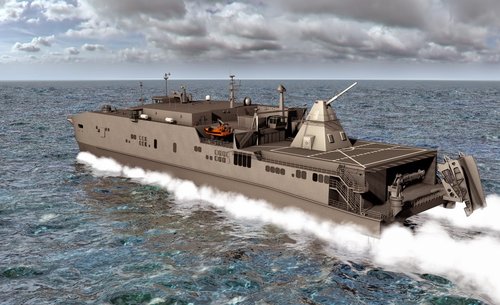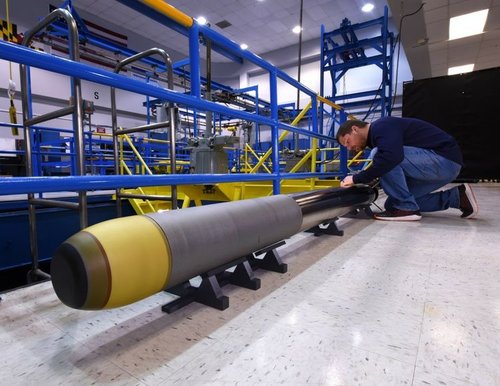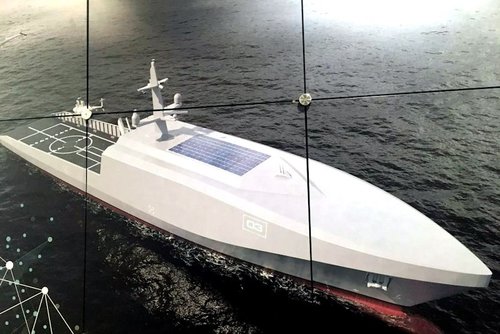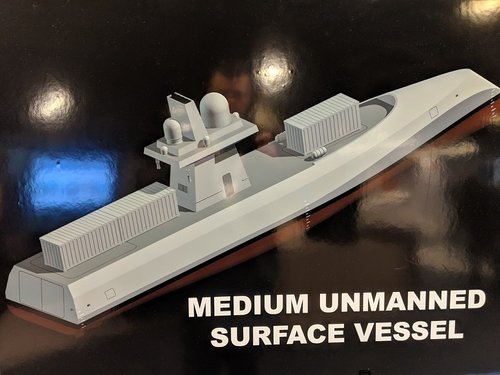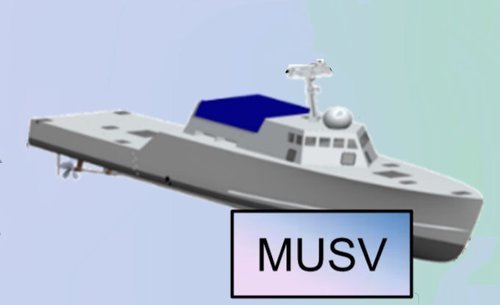jsport
what do you know about surfing Major? you're from-
- Joined
- 27 July 2011
- Messages
- 7,713
- Reaction score
- 5,721
Spearhead-class expeditionary fast transport (EPF) ships. The company (Austal) has been trying to pitch the EPF to serve as an ambulance ship or other auxiliary, but the Navy is still early in deciding what it wants its common auxiliary hull, called CHAMP, to look like.
Fincantieri Wins $795M Contract for Navy Frigate Program - USNI News
This post has been updated to include additional information from the Navy. The Navy awarded a $795-million contract to Fincantieri to begin building a new class of guided-missile frigates, in the first new major shipbuilding program the service has started in more than a decade, the Navy...news.usni.org

Navy Wants 2 Variants Next Common Auxiliary Hull: One for People, One for Volume - USNI News
ARLINGTON, Va. – The Navy now plans to design and field two hulls under the Common Hull Auxiliary Multi-Mission Platform (CHAMP) program, after the program office realized the five mission areas CHAMP seeks to cover fit neatly into people-centric and volume-centric categories. The Navy last year...
The multi-mission of two CHAMP hull types could be the basis for combatants not just auxiliaries. Much money could be saved and more ships built. A combatant version of the Expeditionary Fast Transport (EPF) w/ a small AEGIS etc. and combatant version of the Expeditionary Seabase (ESB) as the smallest ship carrying the big weapon load like counter/hypersonics.
Perhaps allowing the specs to other ship builders so Austal and General dynamics do not build them all. The standard roles ship will be around for sometime bu the future needs to focus on mostly on 'larger than cruiser' for manned combatants the size of LHDs and Joint/SOCOM seabasing and as much close sea battle accomplished by minimally/unmmanned combatants.
a concept CHAMP/Combatant w/ Strategic Long Range Cannon (SLRC) not a EMRG.
Attachments
Last edited:

